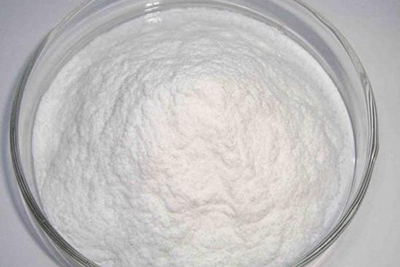How is L-malic acid produced?
L-malic acid, a natural organic acid found in many fruits, is often produced through microbial fermentation or chemical synthesis. Here's a brief overview of both methods:
Microbial fermentation: This method involves using microorganisms such as bacteria or yeast to convert sugars into L-malic acid. Typically, strains of bacteria like Aspergillus oryzae or yeast like Saccharomyces cerevisiae are employed in this process. These microorganisms metabolize sugars (usually glucose or sucrose) through a series of biochemical reactions, ultimately producing
L-malic acid as one of the byproducts. The fermentation process is carefully controlled in terms of temperature, pH, oxygen supply, and nutrient availability to maximize L-malic acid production.
Chemical synthesis: L-malic acid can also be synthesized chemically from maleic acid, fumaric acid, or other starting materials. One common method involves the hydration of maleic acid or maleic anhydride, typically in the presence of a catalyst such as sulfuric acid. The reaction converts maleic acid into L-malic acid. This method is often used for industrial-scale production due to its efficiency and cost-effectiveness, although it may involve harsh reaction conditions and require purification steps to obtain high-purity L-malic acid.

Both methods have their advantages and limitations, with microbial fermentation being more environmentally friendly and compatible with natural product labeling, while chemical synthesis offers higher yields and scalability. The choice between these methods depends on factors such as cost, purity requirements, and environmental considerations.
